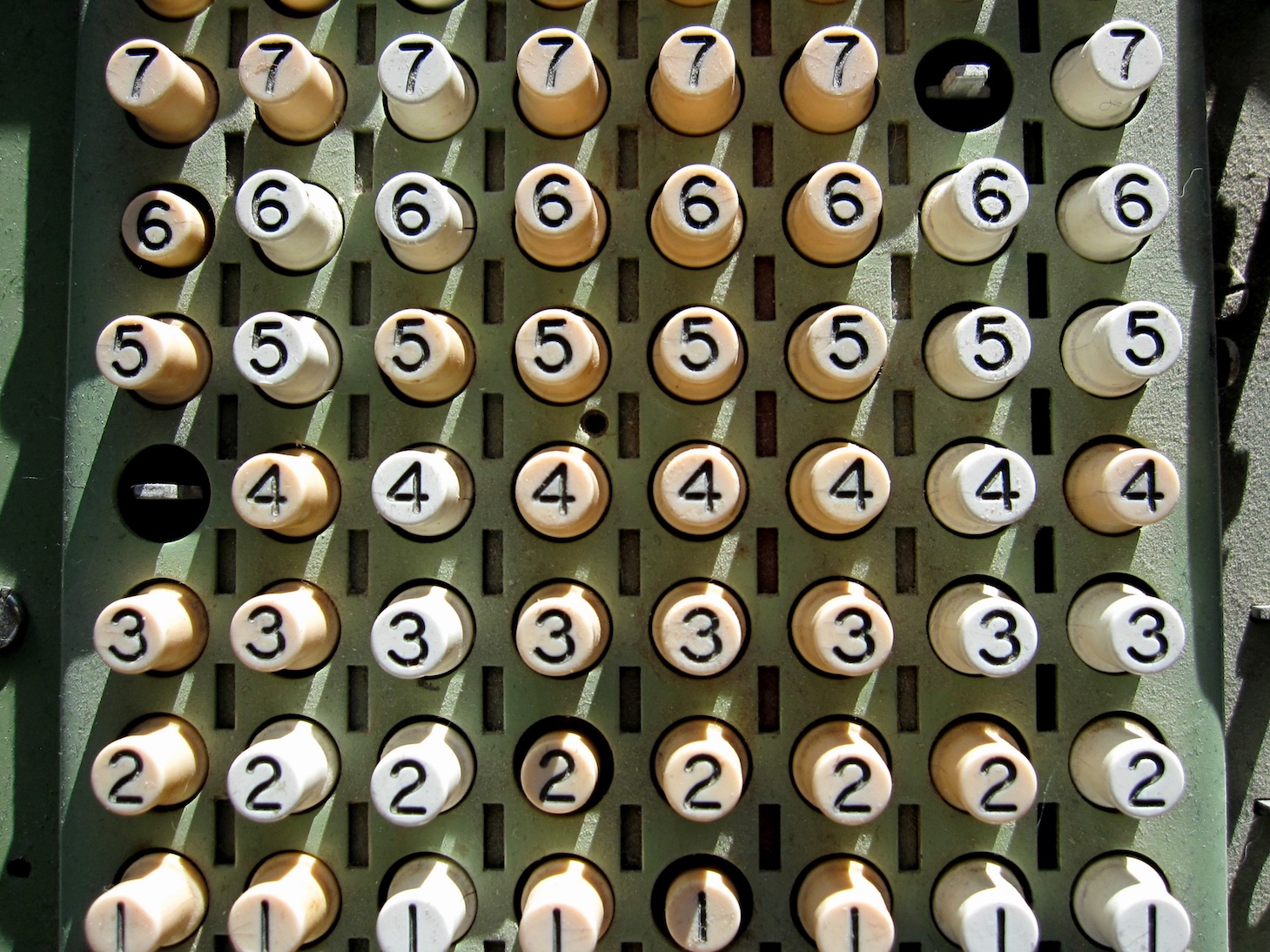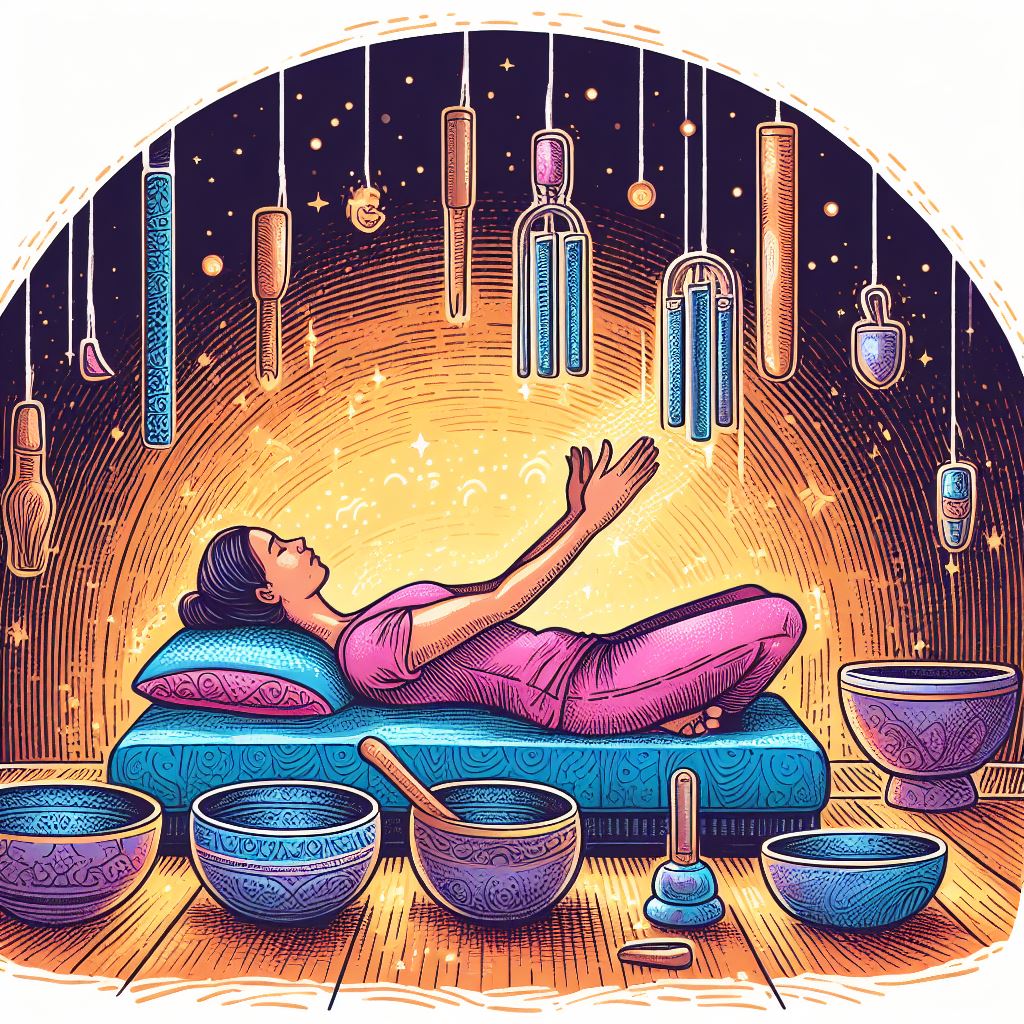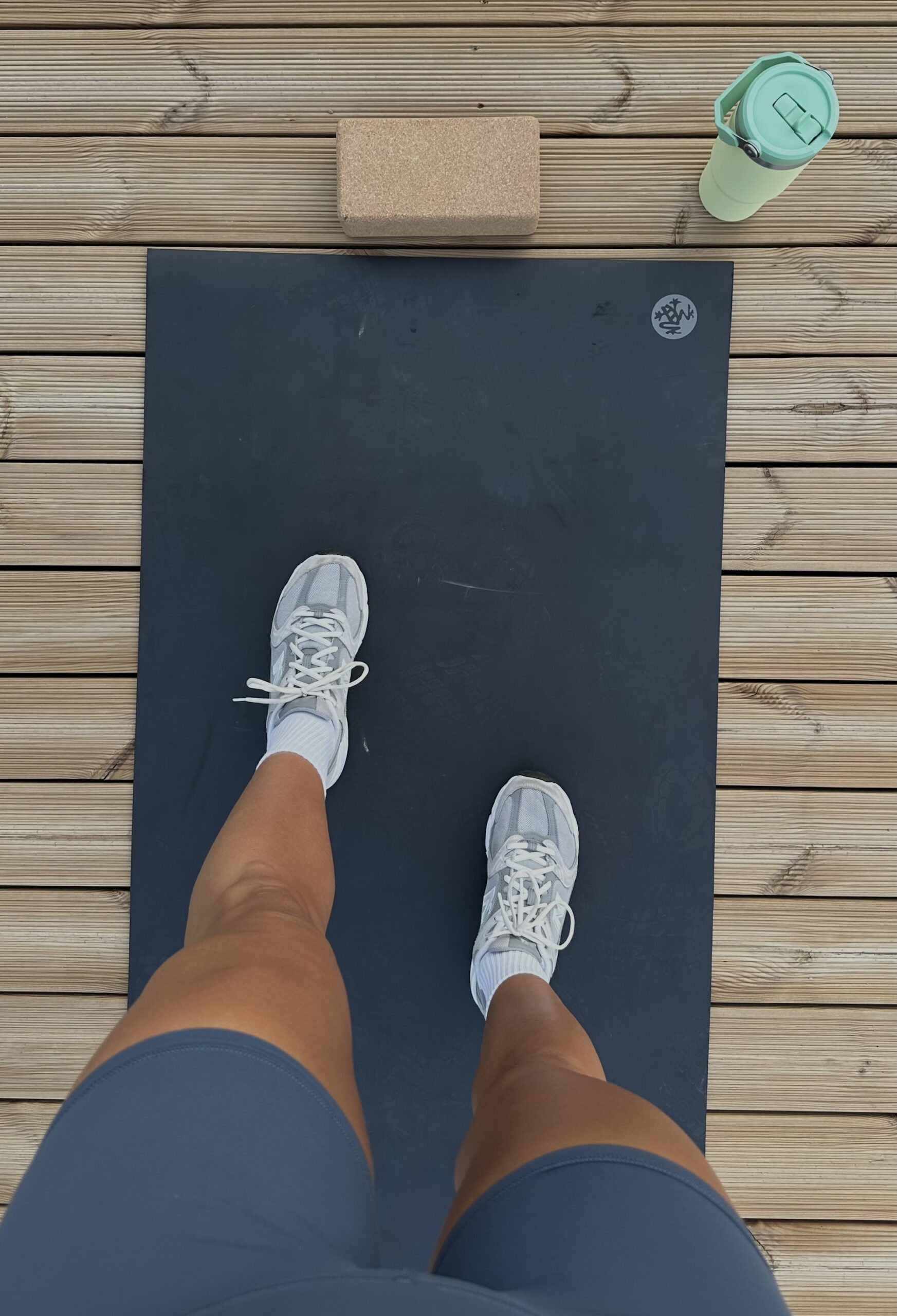Have you ever wished you could dive back into a dream and explore every corner of its landscape? Welcome to the concept of dreamscaping, a fascinating blend of creativity, subconscious exploration, and personal growth. It’s a method through which you can create and navigate your own dream worlds, whether you’re asleep or just daydreaming away on a lazy afternoon.
This isn’t just about having cool dreams; it’s about harnessing them to enhance your waking life. Let’s unfold how dreamscaping can shift from being a mere nighttime novelty to a potent tool for creativity and self-discovery.
What is Dreamscaping?
Dreamscaping is essentially the art of designing and experiencing your own dreamscapes with intentional direction and awareness. It combines elements of lucid dreaming and imaginative daydreaming to create vivid, controllable experiences within the mind’s eye. This process isn’t just about seeing but also hearing, feeling, and even smelling the dream’s environment, making it a multi-sensory experience.
The Components of a Dreamscape
A dreamscape isn’t just a visual playground; it’s a multisensory environment. Think of it as a personal movie where you are the director, screenwriter, and lead actor. You can conjure up a soothing beach scene with the salty smell of the sea and the rhythmic sound of waves, or a bustling cityscape where the sights and sounds vividly pull you into their pace. The control you have over these elements can be a profound source of entertainment, relaxation, or inspiration.
Purpose and Goals of Dreamscaping
Why do people dreamscape? The reasons vary from simple entertainment to complex therapeutic intentions. Some may use dreamscaping to escape the stress of everyday life, retreating into a world where they can control the narrative. Others might delve into dreamscaping for creative inspiration, solving real-world problems, or enhancing their artistic expressions. Whatever the reason, dreamscaping offers a unique space for explorative and creative thought unlike any other.
The Psychology Behind Dreamscaping
At its core, dreamscaping interacts deeply with our subconscious. By engaging with our dreams actively, we tap into the underlying layers of our mind that often speak in the language of symbols and emotions.
Dream Psychology and Subconscious Exploration
Dreamscaping is grounded in some of the same principles as dream analysis, a favorite tool of psychologists like Carl Jung. Jung believed that our dreams help reveal what lies in our collective unconscious—shared memories and ideas across humanity. When you dreamscape, you’re plumbing the depths of this inner universe, often bringing to light new ideas and forgotten feelings.
Therapeutic Uses of Dreamscaping
The controlled environment of dreamscaping can be a safe haven for confronting fears or rehearsing stressful scenarios, like speaking in public or standing up to a bully. It’s a sandbox for the psyche, where you can experiment with different outcomes and reactions without real-world consequences, providing profound insights into your emotional and mental wellbeing.
Techniques for Effective Dreamscaping
Mastering dreamscaping requires practice and patience, but several techniques can help you become an adept dreamscaper. From setting the right mindset to using sensory aids, these methods can enhance your ability to enter and control your dreamscapes.
Initiating and Controlling Dreams
The first step to effective dreamscaping is learning how to enter a dream or daydream consciously. Techniques like meditation, focusing on a specific intention before sleeping, or using guided imagery can help in initiating a dreamscape. To maintain control within the dream, practicing during the day through visualization exercises can be incredibly helpful.
Enhancing the Experience
External aids such as specific scents associated with relaxation or particular sounds can significantly enhance the depth and vividness of dreamscapes. For instance, the scent of lavender can induce relaxation, while the sound of rain can deepen the sense of immersion in your dream world.
The Role of Creativity in Dreamscaping
Dreamscaping isn’t just a mental activity; it’s a profoundly creative process. It allows for the expression of ideas and emotions in a way that traditional media may not.
Unleashing Creative Potential
When you dreamscape, you’re pulling from the deepest reserves of your imagination to construct worlds that are bound only by the limits of your creativity. This act not only flexes your creative muscles but also strengthens them. Over time, you might find that the ease with which you imagine and create within your dreamscapes translates into more creativity in your waking life, from problem-solving to artistic expression.
Dream Control and Creativity
There’s a symbiotic relationship between control in a dreamscape and creative thinking. The more you practice controlling your dreamscapes, the more skilled you become at bending and shaping these experiences to suit your desires or needs. This practice can make you more adept at thinking creatively and ‘outside the box,’ as you’re used to manipulating elements in unconventional ways within your dreams.
Dreamscaping as a Tool for Personal Development
Dreamscaping offers more than just a temporary escape from reality; it can be a significant tool for personal growth and development.
Personal Growth through Dreamscapes
Engaging in dreamscaping can act as a form of self-therapy, where you confront inner conflicts, explore various aspects of your identity, or practice responses to real-life situations. By visualizing goals or embodying different versions of yourself in a dreamscape, you can work through anxieties, build confidence, and reinforce your sense of identity.
Goal Setting and Overcoming Fears
Imagine using your dreamscapes to practice for an upcoming job interview or to speak in front of a large audience. By repeatedly visualizing success or confronting fears within the safety of your dreams, you can change your approach to these challenges in your actual life. This method of using dreamscapes for preparing and improving is not only innovative but can be incredibly effective in achieving personal goals.
The Future of Dreamscaping
As we look forward, the possibilities of dreamscaping continue to expand, particularly with technological advancements that might blur the lines between digital and mental dreamscapes.
Technological Advancements in Dreamscaping
Imagine integrating virtual reality with dreamscaping; the results could revolutionize how we interact with our subconscious minds. As AI and VR become more sophisticated, they could one day allow us to enter dreamscapes that are as vivid and interactive as the physical world, providing even more powerful tools for therapy, creativity, and personal development.
Social and Shared Dreamscaping
The future could also see dreamscaping becoming a shared experience, where people can enter and interact within the same dream environment. This could open up new avenues for collaboration in creative projects, or even allow for new types of social interactions and connections that are currently the stuff of science fiction.
Dreamscaping is more than just an intriguing concept; it’s a potent tool for self-exploration, creativity, and personal growth. Whether you use it to solve problems, enhance your creativity, or simply escape for a while, the skills you develop in your dreamscapes can profoundly affect your waking life.
Why not give it a try and see where your mind can take you? Maybe it’s time to turn your dream worlds into a space where you can play, explore, and grow.
















